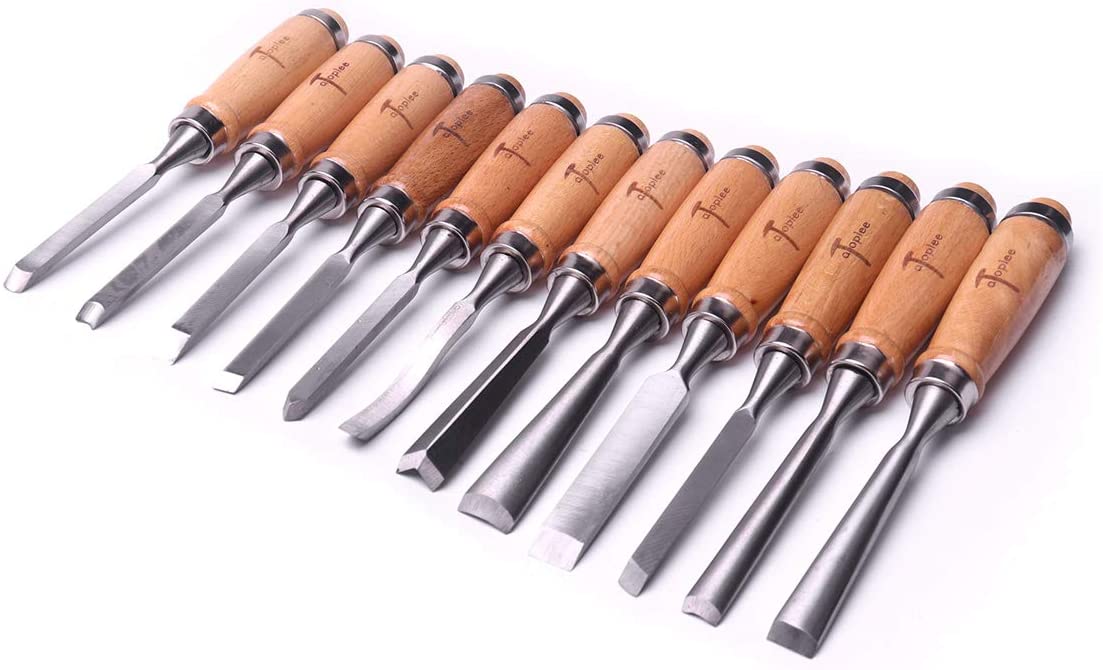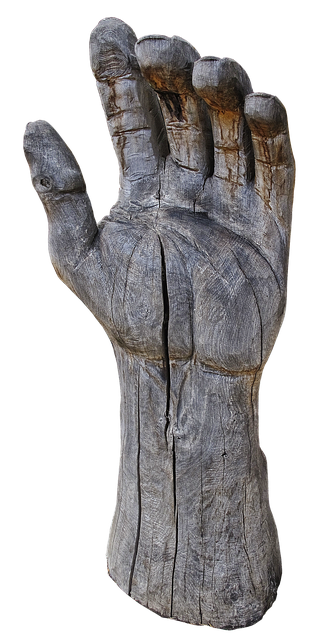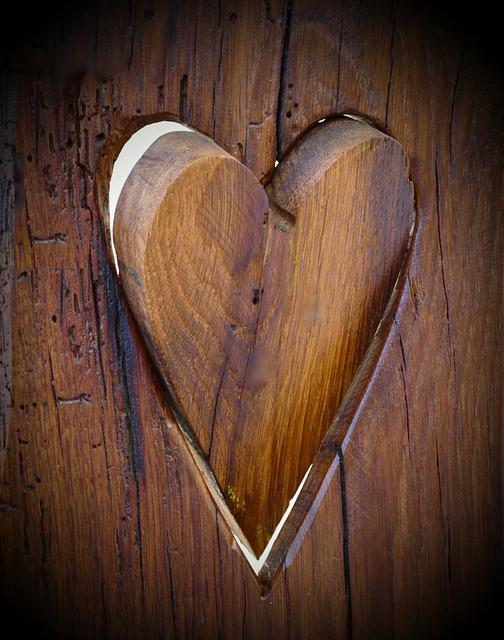
Sharp edges enhance the enjoyment of wood carving. These are the most common ways to sharpen your wood carving tool. Sharper edges last longer and are more durable than dull ones. Sharp edges will also make it easier to use your tool more efficiently. Sharp edges allow for easier carving and increase the cutting power. Listed below are three common methods of sharpening wood carving tools. Read on to learn more. - How to use a sharpening tool.
Sharp edges increase carving pleasure
Use razor-sharp tools for the best carving experience. Sharp tools are easier to use and allow for more control when carving. Also, a blade that has been sharply cut leaves a smooth surface. Sharp tools are essential for a successful carving project. Sharpen your tools often to achieve the best results. Regular sharpening can keep them sharp and will make your carving job much easier.
While sharp edges may increase the satisfaction of carving, they may cause blisters in the process. Wood's natural texture will be rough. Regular handling will help to make your hands more durable. Calhouns will develop from the blisters. However, this is a slow and painful process. Change the way that you hold your tool if blisters appear in your carving. You may need to practice, but it will pay off in the end.
You should use a sharpening set and a fine-grained knife when sharpening knives. You should also check for any damage on the edge. Chips along the edge will need to be ground more vigorously. A dull edge might only need minimal grinding with a finer-grit stone. The knife can be tested by cutting through some paper or rope. A sharpening stone may not be necessary if the knife is dulled for a while.
Common techniques to sharpen wood carving tools
There are many options for sharpening wood carving instruments. There are oil stones, water stones, ceramic stones, and diamond sharpening stones. Oil stones require oil to apply to the stone's exterior to prevent metal particle embedding in the surface. Both ceramic and diamond stones don’t require oil, making them ideal for sharpening wood carving tools made of carbide. This article will cover the most common methods of sharpening wood carving instruments.

To remove the wire edge from a knife blade and to polish it, leather strops are useful. Although a leather strop works well for most tools, some carvers prefer to use a textured one. A flat leather strap is ideal for straight tools and the outside edge of gouges. For those who take their work seriously, a leather strop that has grooves may be a good investment.
Traditional bench chisels were sharpened at a 25 degree angle and a secondary bevel of five degrees. Modern alloys may not work well with these angles, and could even crack. You will need to increase the angle of your bevel. This requires using more force and will result in less control. The same goes for block planes. They are often sharpened at an angle of 20 degrees.
Sharpening stones
A sharpening knife is a tool that can be used for wood carving. A stone containing grit is a mineral in crystal form. It is stronger than steel and has sharp edge. The stone will require a lubricant to aid in cutting and prevent metal particles getting stuck. Sharpening your tool will make it easier for it to work with wood. The strop is usually made from leather and serves to remove burr and polish the edge.

There are many types of sharpening stone on the market. There are oilstones and waterstones as well as ceramic stones. Oil stones use oil to prevent fine metal particles from getting buried in the stone's surface. Both ceramic and diamond stones don't require any lubricants. Both are effective in sharpening carbide-wood carving tools.
Sentima is an excellent example of a high-quality sharpening system. The Sentima sharpening stone has a fine and coarse corundum. This material has consistent grain, which helps it provide fast cutting action and a smooth finish. Its unique design also makes it easy to clean. The sharpening system is made out of durable materials and will last years without losing quality.
FAQ
Where can I get free woodworking plans?
Woodworking plans can be found online without the need to purchase books or magazines. You just need to search Google. Just enter "free woodworking" into the search bar, and you'll see hundreds of websites where you can download free plans.
How do I know what tools are best suited for me?
It helps to reflect on your needs and preferences before you shop for tools. Are you more comfortable with plastic or metal handles? What size screws and nails do you use most often? Are you more comfortable using power tools than hand tools?
Where can I buy hardwood lumber?
Home Depot offers hardwood lumber. They offer a wide range of wood products including flooring, cabinets, furniture and more.
There is also a wide selection of engineered hardwoods, including Ipe (Araucaria Angustifolia), Brazilian Cherry(Pau d'Arco), Mahogany (Swietenia Mcrophylla).
These woods are available online by searching Google for "hardwood lumber".
What's the time taken to finish a piece furniture?
It depends on the size of the piece of furniture. A smaller project like picture frames or boxes can be completed in a single day. Larger projects like dining tables and desks require several days. It takes time to properly stain and seal wood.
How can I organize my shop?
To keep your workshop tidy and organized, you should first create a place for tools storage. Keep your tools away from dust and debris, so they stay sharp and ready to work. Use pegboard hooks to hang tools and accessories.
Statistics
- The U.S. Bureau of Labor Statistics (BLS) estimates that the number of jobs for woodworkers will decline by 4% between 2019 and 2029. (indeed.com)
- In 2014, there were just over 237,000 jobs for all woodworkers, with other wood product manufacturing employing 23 percent; wood kitchen cabinets and countertop manufacturing employing 21 percent. (theartcareerproject.com)
- Overall employment of woodworkers is projected to grow 8 percent from 2020 to 2030, about as fast as the average for all occupations. (bls.gov)
- If your lumber isn't as dry as you would like when you purchase it (over 22% in Glen Huey's opinion…probably over 10-15% in my opinion), then it's a good idea to let it acclimate to your workshop for a couple of weeks. (woodandshop.com)
External Links
How To
How do I accurately measure wood?
We have several ways to measure wood. We use a digital ruler (a tool to measure distances), laser level (used for leveling your work surface), and bubble level (used for levelling your work surface).
Two jaws can be opened and closed on a digital caliper. The first jaw holds the object, and the second measures the distance between them. The digital caliper is great for measuring small distances like thicknesses of wood.
Laser levels emit an infrared laser beam that projects a straight line across the floor. A red dot is created by the laser. You can check if the surface is level by looking down at the line. Laser levels are ideal for checking the accuracy on large surfaces.
Bubble levels look similar to a compass. The center of the device contains a bubble. As long as the bubble is centered, the device will tell you whether the surface is level or not. Bubble levels are good for checking the accuracy of smaller areas.